When México Was Sustainable: Lessons for the new Presidenta
To get through her first term of office, being a top climate scientist should help
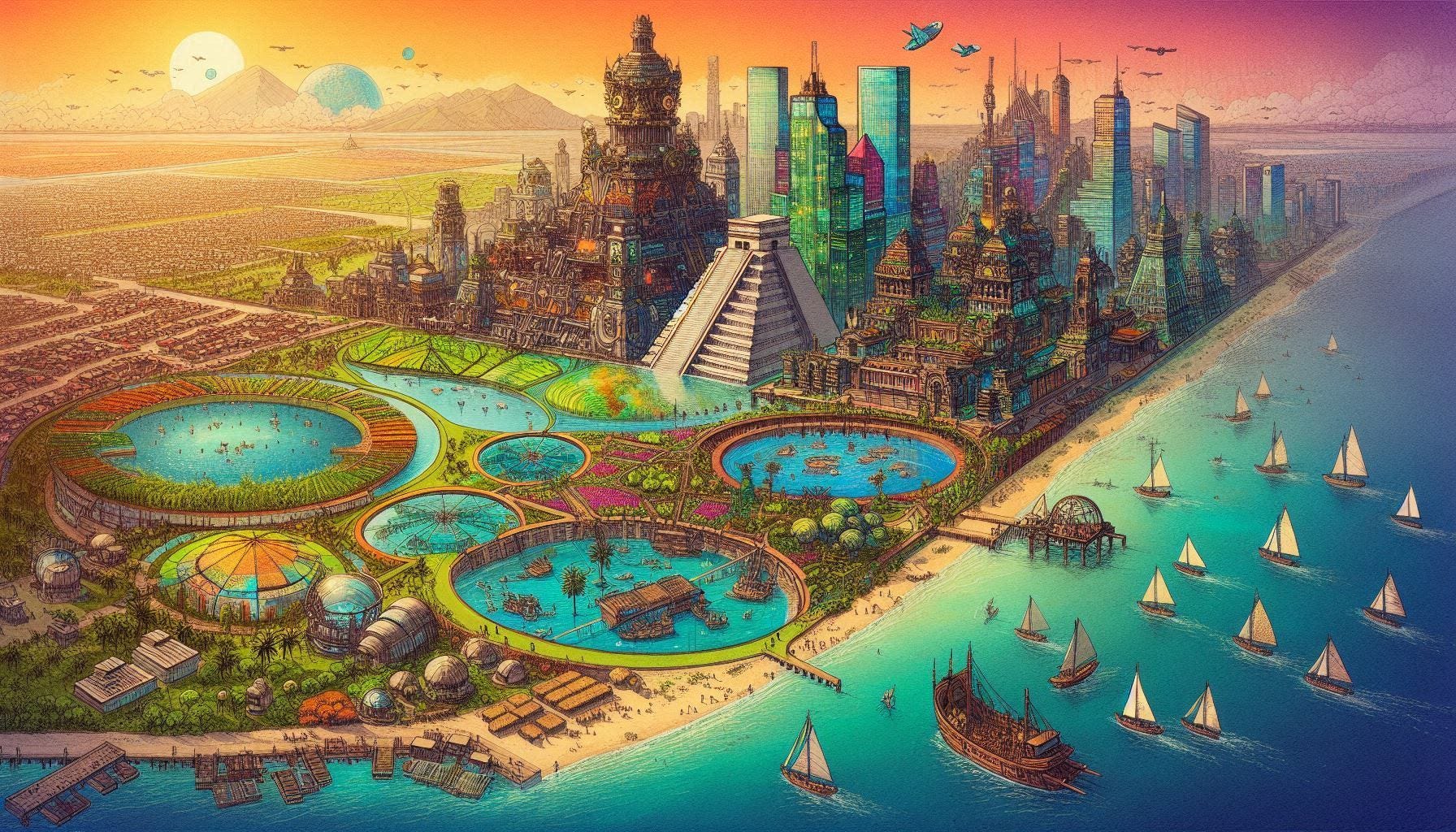
The heat wave that roasted residents of México City for over a month, breaking all precedents, has moved on and up towards Texas, leaving the capital city somewhat cooler (high 80s) but not yet out of its catastrophic water crisis. Some experts say the 9.2 million residents could be out completely a month from now.
One could say the city has been in a water crisis for decades. In truth, it has been struggling with its water supply for more than 500 years.
You see, México City sits in the dry bed of a huge mountain lake. It is thousands of meters above sea level (~7349 ft at the airport) and supplied by the runoff from the slopes of two volcanoes. Over many millennia, the runoff, collecting in the lake, charged a vast aquifer. Had the valley not been colonized and repopulated by an expansionist consumer culture, it might have found a sustainable balance with the mountain aquifer and its recharge zones. But it was and it didn’t. The result was predictable.
What may happen when the new Presidenta of México goes to her shower one morning and hears only the dry creak of pipes when she turns the knob? One can only imagine. The military may try to bring in water by truck for a few weeks and the city may curtail industrial uses and restrict residents, but then what?
Presidenta Claudia Steinbaum may have more to deal with than her morning shower. Through all of May, the temperature in 19 of the country's 32 states regularly exceeded 45°C (113°F), 70% of Mexico suffers from varying degrees of drought, and 4,650 wildfires were recorded in the first half of the year, 132 of which were still burning as May turned to June.
I can fantasize that once the city has nearly completely depopulated—whether that takes weeks, months, or years—México will consider undertaking one of the largest feats of ecosystem regeneration in history. The instruction manual has already been written. While the conquistadors may have burned the codices that showed how it was done 500 years ago, we can figure it out.
[México] needs to remember what its indigenous ancestors did when the climate changed, civil collapse came, or invasion threatened. They dispersed and downsized. They developed appropriate strategies and tactics. They went back to tree crops, chickens and pigs. They self-isolated. And because of that, they are still here today.
The Mayan traditional milpa rotation system, by converting annual photosynthetic slash to biochar fertility, drew carbon from the atmosphere and locked it safely away for millennia, cooling the climate.
If México actually took that path— to, for instance, abandon its sinking, stinking, blighted District Federal and let the great Lake Texcoco refill its original mountain basin, recover the chinampas of Zumpango, Xolchimilco and Chalco, and reforest the volcanic highlands — it would accomplish more than merely to avert the political collapse its present trajectory augurs. It would set an example for its neighbors and the rest of the world for how to get out of this century alive.
— The Great Pause Week 9: México's Seppuku
Chinampa City
A chinampa is defined by the Encyclopedia Britannica as a “small, stationary, artificial island built on a freshwater lake for agricultural purposes.” The word was originally from the Nahuatl word chinamitl, “woven fence or hedge,” made from the native willow, Salix bonplandiana. At the time Hernán Cortés arrived at the Halls of Moctezuma, the word was synonymous with a southern region in the Valley of México centered on Xochimilco.
Traditional chinampas are biodiverse; they can be kept in almost continuous cultivation, their soils are renewable, and they create a microenvironment that protects crops….
— Roland Ebel, in Hort Technology
The Conquistadors could not fathom the island city of Tenochtitlan when, on November, 8, 1519, they crossed the Ixtapalapa causeway over Lake Texcoco and beheld the spectacle of its glimmering central pyramid, broad white boulevards, and flowered verges. It was the most beautiful city any of them had ever beheld. Cortés and his men marched across the causeway until they were met by the Aztec Emperor, Moctezuma II, who greeted them, descending his royal litter to offer gifts. Moctezuma was immediately taken prisoner and ransomed for gold and silver. Once the ransom was paid, he was executed.
Six months later the Aztecs rose up and threw out Cortés, but it was too late. While the Spanish army spent 1520 exiled to Tlaxcala, General Smallpox ravaged and decimated the city, reducing its mighty army to bleeding pustules.
In several reports to the King of Spain written in the year 1520, Cortés acknowledged the grandeur of the Aztec capital, “as large as Seville or Cordoba” but incorrectly gave the city’s name as Temixtitlan instead of Tenochtitlan.
Cortés returned in 1521 and razed what remained. He wanted no one in Europe to see what he had seen, so he took down the pyramid and turned around the stones in walls and boulevards to rough sides out. He ordered construction of Catholic churches on the pyramid mounds. He burned the codices, executed the royal heirs, and attempted to erase all traces of the old order. Tenochtitlan was renamed “México.” Franciscan friar Toribio de Benavente Motolinia described the reconstruction:
The seventh plague was the construction of the great City of México, which, during the early years used more people than in the construction of Jerusalem. The crowds of laborers were so numerous that one could hardly move in the streets and causeways, although they are very wide. Many died from being crushed by beams, or falling from high places, or in tearing down old buildings for new ones.
Among the engineering wonders deconstructed by the slave gangs were the vast systems of chinampas that were how a dense metropolitan population of more than 100,000 was sustained in the dry central valley of México. These earthworks consisted of alternating narrow islands and canals, initially formed by willow fences and composted fill from the kitchen wastes, lake mud, rubbish and sewage of the lakeside villages, planted with fruit and nut trees to line and hold the banks and gardens of corn, beans, and vegetables. Freshwater fish were trapped by fences in the canals where they ate mosquito larvae and grew fat on falling fruit until they could be netted and brought to market.
It is possible that once established in his palace in Coyacan he was served a chinampas meal fit for royalty — cornmeal crusted fish, candied pumpkin, sweet corn with nopal cactus, and the thin corn flatbread that the Aztec called tlaxcalli which the Spanish mispronounced “tortillas.”
An Engineering Wonder
A 2014 study of the chinampas in the 70-square-mile Lake Chalco-Xochimilco found they were built between the mid-15th and early 16th centuries at the peak of the Aztec Triple Alliance. In a ten-square mile study area, 23,094 relic beds and 400 mounds were digitized for mapping. The long, narrow beds averaged 3.75 meters wide and had an average length of 49.4 meters, with a land-to-water ratio of 1.07:1. In addition, there were many small lakeside homes and villages, large wharves comprised of multiple mounds and platforms, open pools, and wide canals.
According to the researchers, chinampas allowed frost and flood protection, nutrient recovery, and irrigation by splash or scoop techniques from canoe-bound farmers during droughts (the standard tool was a lacrosse-stick-like ladle called a zoquimatl). Normal capillarity flows from the lake through the island eliminated the need for irrigation in normal dry cycles. Large amounts of algae (known as tecuitlatl) were collected from the surface of the Lake and used to make high-protein bread and cheese-type foods. This alga is still grown in México for fertilizer.
These village-wharves probably formed the economic and social hub for the lakeside tenant farmers who were comprised of free peasants (macehualtin), serfs (mayeque), and slaves (tlacotin). Aztec chinampas built through land reclamation existed outside the traditional corporate land holding capolli system and tenant farmers obtained rights of cultivation in return for approximately 50% of their agricultural production in rent payment to land grantees residing in Tenochtitlan.
After the consumption needs (dietary and non-dietary) of some 30,000 lakeside resident farmers, boatmen and fisher families were met, an annual 10,000-ton maize-equivalent agricultural surplus reached the storehouses and markets of Tlatelolco-Tenochtitlan and would have been enough to feed 50,000 persons for a year. Considering this study area was perhaps only ten percent of the full chinampas complex of the watershed, it is reasonable to project an annual surplus of 50- to 100,000 tons of high-calorie foods — roughly 2 to 4 shipments per year the size of the Odesa-to-Istanbul grain lift from Ukraine.
The fortuitous combination of agroforestry and aquaculture was unbeatable, but when the conquest killed off the engineers who maintained lake levels, the chinampas and low-lying cornfields sank below the marshy lake surface. Floods carrying human waste spread endemic diseases. The mosquito population grew and brought more diseases.
The Spanish Viceroy ordered drainage engineering in the style of the Old World. He infilled the lake, wiping out fish, birds and the lakeside villages that had grown the food for the city. And yet, the city flourished as a trade center based upon slavery and silver, such that when it was visited by Alexander Von Humboldt in 1803, it was called the “City of Palaces.”
By then, what is today’s largest city in North America had lost the ability to sustain its own population. It had lost its orchards, cornfields, lake fish, and the natural advantage of the indigenous wisdom that had created the miraculously productive chinampas.
The islands were exposed for a short period in the mid-20th century after lake drainage was completed and before Green Revolution machinery obliterated the garden mounds. In the Xochimilco region, the chinampa area under cultivation decreased by more than 60 percent after World War II. Nevertheless, those that remain maintain their highly productive yields on relatively low inputs. Today they mainly grow flowers for the Zocalo market in Mexico City and take tourists on gondola rides. Most city planners assume that the Xochimilco water gardens will be entirely converted into gated residential communities (colonias) by 2057.
The fate of unlimited expansion
Today the loss of the chinampas has worsened forest degradation, erosion, floods, land sinking, pollution of soil and water, water retention and infiltration, and biodiversity. Farmers now must cope with increasing pest populations and the stench of fetid waters in the remaining lakes. Were México to seize the opportunity to restore the chinampas to provide food and water to its largest metropolis, chinampa soils would sequester large quantities of carbon.
However, due to their humidity and high organic matter, the greater microbial activity would also favor greenhouse gas emissions. A study performed in Xochimilco indicated that emissions of carbon dioxide were generally low, but that nitrous oxide and methane were high, and made worse by frequent irrigation. Of course, Mesoamerican peoples controlled for that by the addition of GHG-scavaging biochar.
It is unlikely carbon sequestration would have tempted the last president, a national oil company promoter and a climate change denier, but the new president, a lead author of the Nobel-prize-winning IPCC reports, may look at things differently. México has a climate-reversing strategy to offer the world. Beyond México, regions that could benefit from broad-scale chinampas include the Mississippi River Delta, the Hudson River Delta, extensive parts of Florida, the Great Lakes Region in the United States and Canada, the Pantanal region (Brazil, Bolivia, and Paraguay), the eastern and western Congolese swamp forests, the African Great Lakes region, eastern South Africa, Shanghai and the Yellow River Delta in China, the Kutch District and parts of the state of Kerela in India, the Padma River Delta and (almost all) southern Bangladesh and neighboring India, the Yangon Metropolitan area in Myanmar, extensive parts of Sumatra (Indonesia), the Mindanao River in the Philippines, the Rhone River Delta in France, Hamburg in Germany, the Mersey Delta in England, the Gulf of Finland (Finland, Estonia, Russia), and the Darwin Area and Western District Lakes near Melbourne in Australia.
We are left to speculate whether Montezuma’s island fortress city of Tenochtitlan would have been sustainable even to this day if the Spaniards with their Andalusian war horses, armored dogs, Toledo steel swords and black powder weapons hadn’t shown up. Perhaps procreation might have followed prosperity like rain follows thunder and then, in the wash, resource limits, conflict, decline, and a major reset (as we are about to see), but we can’t know. Humans are not very good at regulating their own fecundity and they get antsy if they are not working like ants to build stuff and conquer new territory.
What can be said is that restoring the mountain lake that fed as many as a million indiginos and yielded abundant water for crops and fishing in all seasons is still within México’s grasp. Claudia could raze the city, restore the island, regenerate the elaborate chinampa food system, and recover its once beautiful and diverse ecology.
Let us not forget that Cortés had neither petroleum, coal, nor nuclear power. He had no bulldozers, cranes, or cement factories. All he had was people, and a whole lot less of them than live there now.
What do you think, Claudia? Si se puedes?
Meanwhile, let’s end these wars. We support peace in the West Bank and Gaza and the efforts to bring an immediate cessation to the war. Global Village Institute’s Peace Thru Permaculture initiative has sponsored the Green Kibbutz network in Israel and the Marda Permaculture Farm in the West Bank for over 30 years and will continue to do so, with your assistance. We aid Ukrainian families seeking refuge in ecovillages and permaculture farms along the Green Road and work to heal collective trauma everywhere through the Pocket Project. You can read all about it on the Global Village Institute website (GVIx.org). Thank you for your support.
Help me get my blog posted every week. All Patreon donations and Blogger, Substack and Medium subscriptions are needed and welcomed. You are how we make this happen. Your contributions can be made to Global Village Institute, a tax-deductible 501(c)(3) charity. PowerUp! donors on Patreon get an autographed book off each first press run. Please help if you can.
#RestorationGeneration.
當人類被關在籠内,地球持續美好,所以,給我們的教訓是:
人類毫不重要,空氣,土壤,天空和流水没有你們依然美好。
所以當你們走出籠子的時候,請記得你們是地球的客人,不是主人。
When humans are locked in a cage, the earth continues to be beautiful. Therefore, the lesson for us is: Human beings are not important. The air, soil, sky and water are still beautiful without you. So, when you step out of the cage, please remember that you are guests of the Earth, not its hosts.
We have a complete solution. We can restore whales to the ocean and bison to the plains. We can recover all the great old-growth forests. We possess the knowledge and tools to rebuild savannah and wetland ecosystems. It is not too late. All of these great works are recoverable. We can have a human population sized to harmonize, not destabilize. We can have an atmosphere that heats and cools just the right amount, is easy on our lungs and sweet to our nostrils with the scent of ten thousand flowers. All of that beckons. All of that is within reach.





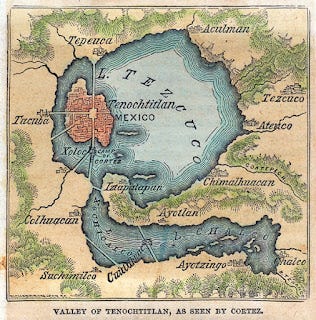
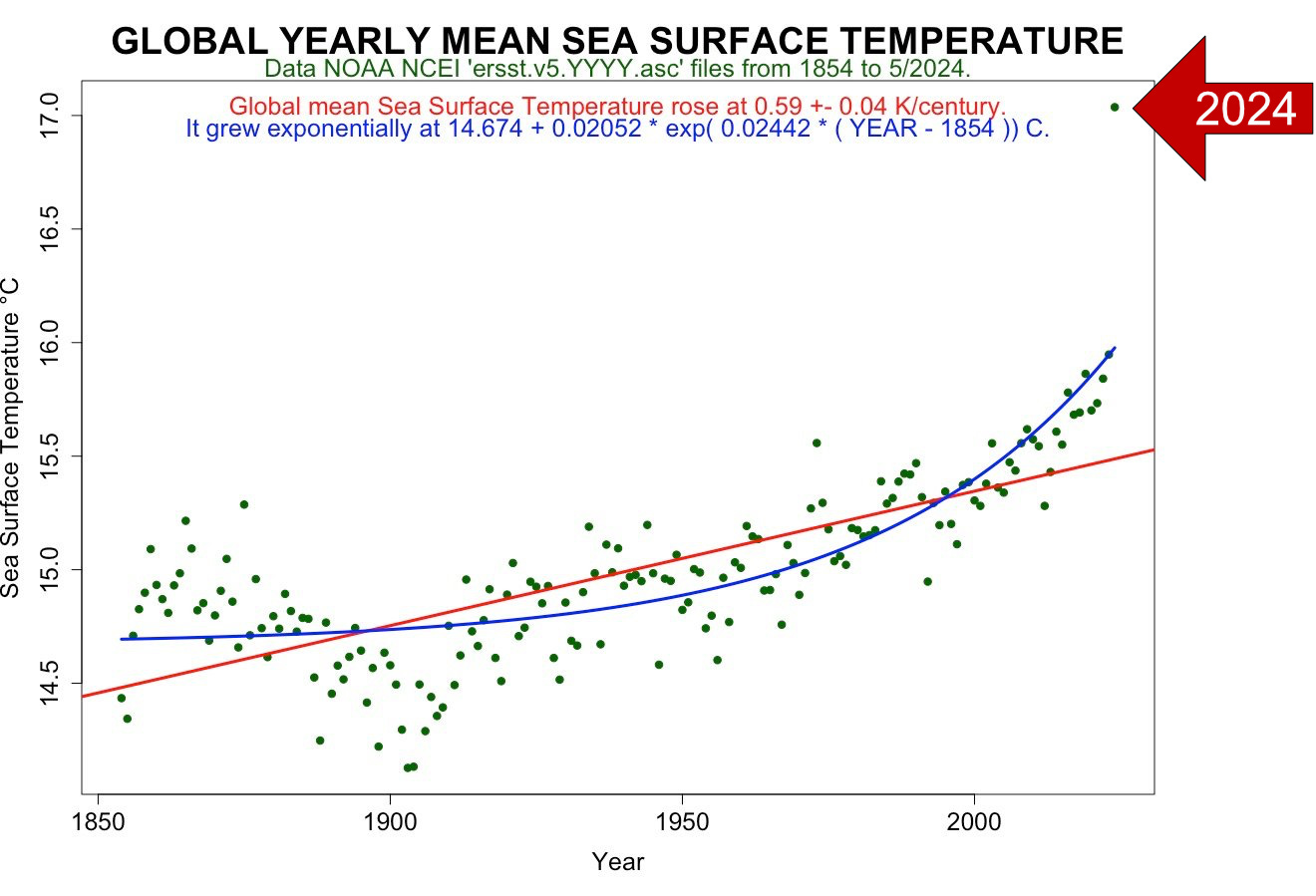
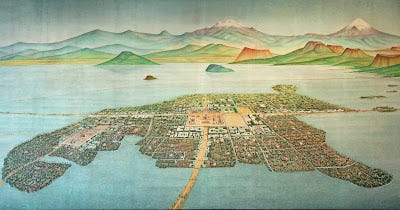
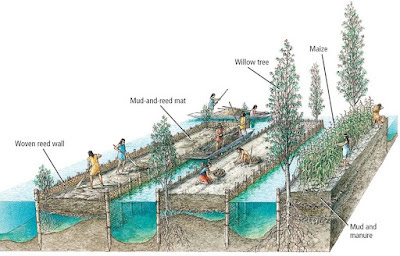
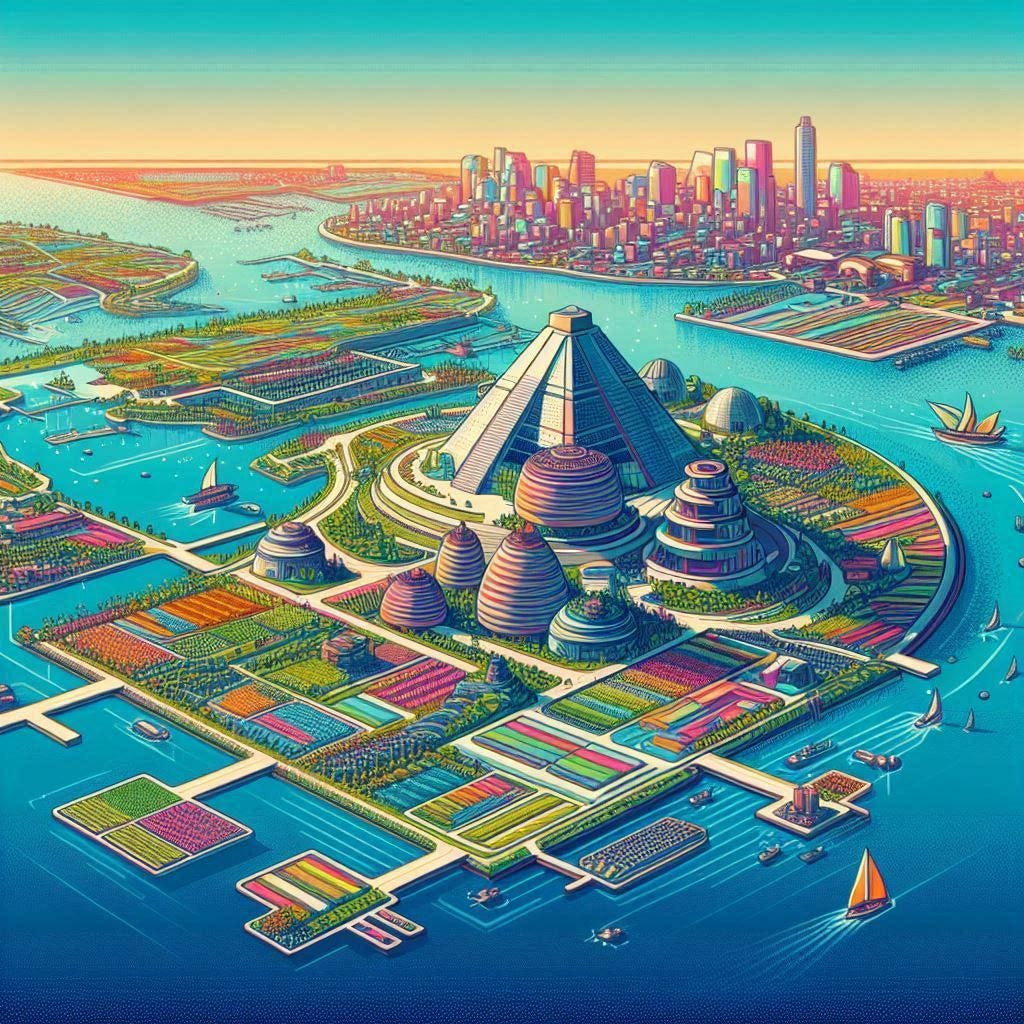
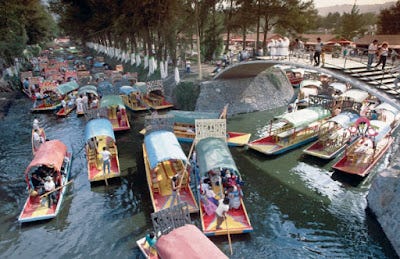
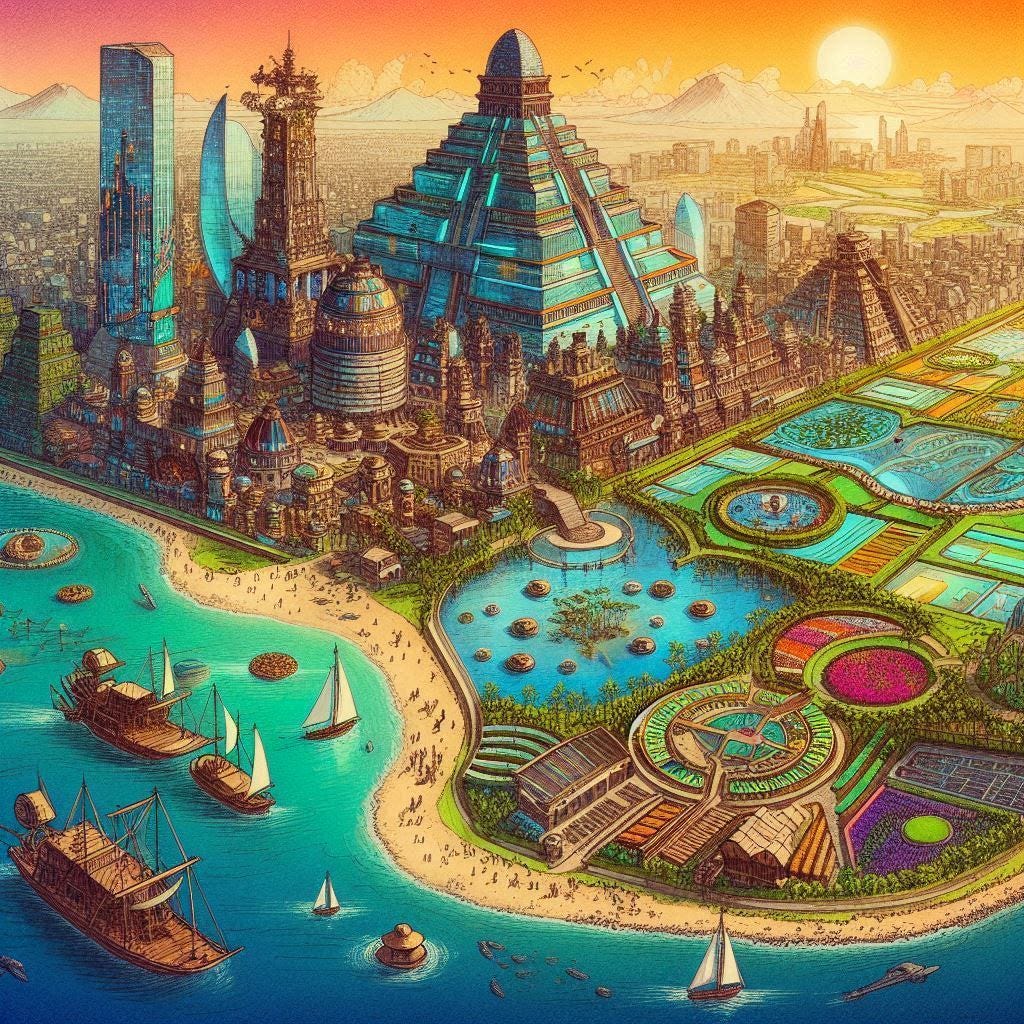
Benoit: Please see: https://www.reuters.com/world/americas/can-mexicos-sheinbaum-climate-scientist-shake-lopez-obradors-oil-legacy-2024-06-04/
In an attempt to become self-sufficient with an energy program entirely centered on Pemex, already long past peak oil, López Obrador launched a megarefinery in Dos Bocas, in the state of Tabasco, and in December 2021 he bought the total shareholding of the Deer Park refinery in Texas, of which Pemex already had half ownership. As a result, the refining capacity of Mexico's six refineries (860,000 barrels per day) added to that of the Texas plant (340,000) and the Dos Bocas refinery (with a planned capacity of 340,000) will just barely cover Mexico's oil needs in 2024 (assuming no further growth). But it comes at the cost of 9 billion dollars of debt he left to Claudia, which will hamstring any efforts to undo that disastrous course. Just imagine what 9 billion spent on solar and wind could have brought. López Obrador had exactly zero interest in investment in renewable energy. He dismantled most of the programs begun by his predecessor and focused almost entirely on drill baby drill. https://en.unav.edu/web/global-affairs/la-coyuntura-y-el-estatismo-de-lopez-obrador-lastran-la-apertura-petrolera-de-mexico
The blog is great Albert. Yet where in the world have you seen or read that AMLO denies climate change? You think MORENA would have had Claudia Sheinbaum as Mexico mayor and now presidenta if that was their position? She has been second of AMLO for years... , AMLO has promoted renewable energies for years. Again, where is in the world did you get this information? His father worked in petroleum? So what, I wrote my PhD on cycling in citiess and my father sold cars. See my book Cyclopolis, ville nouvelle (in French)